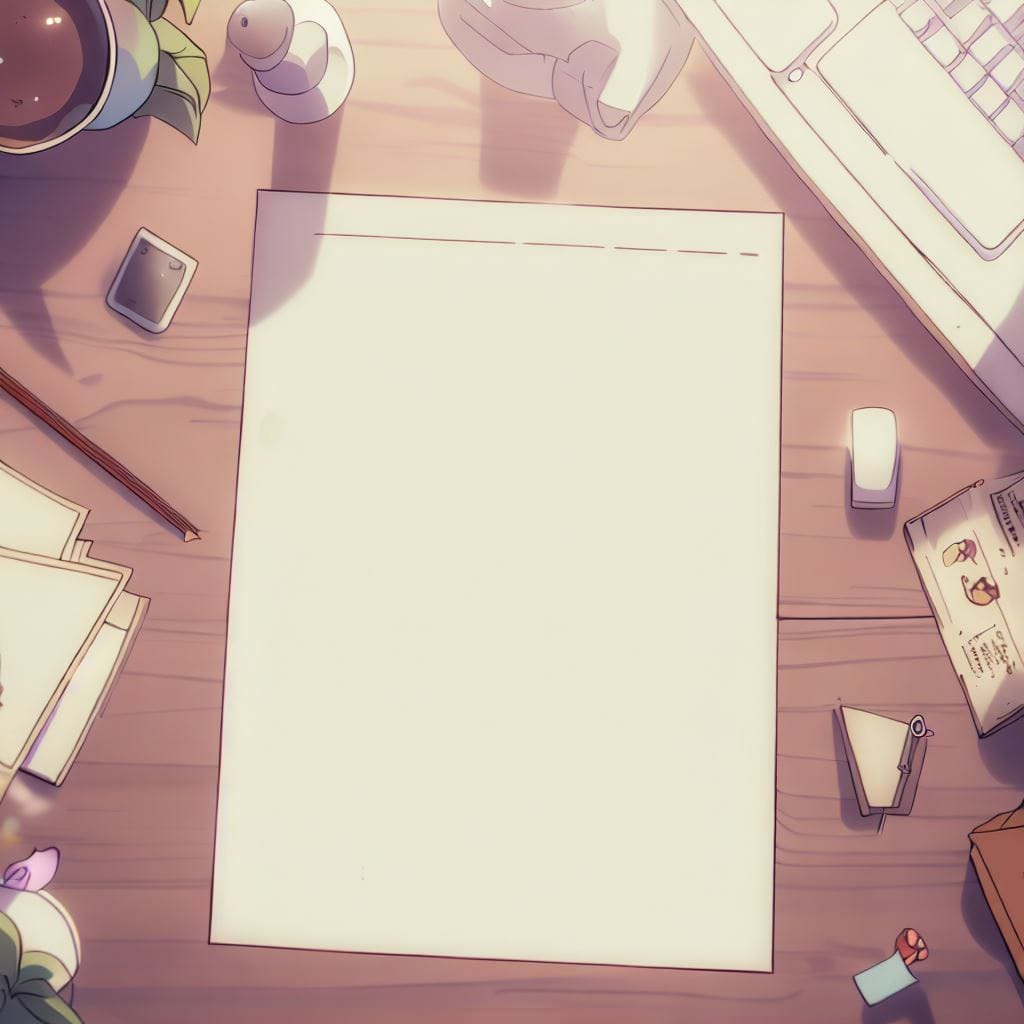Conjunctions

Conjunctions are elements in writing that help connect words, phrases, and clauses together to convey relationships. There are four types of conjunctions: coordinating, subordinating, correlative and conjunctive adverbs.
Coordinating Conjunctions
Coordinating conjunctions are one of the most used types of conjunctions. There are seven coordinating conjunctions: for, and, nor, but, or, yet, and so. Coordinating conjunctions join equals together, for example, you cannot join an independent clause to a dependent clause with a coordinating conjunction.
When a coordinating conjunction joins two words, phrases, or clauses together, you do not have to put a comma before it. However, if it joins three or more, you need to insert a comma.
Look back at the introduction paragraph. Try spotting the punctuation error in this sentence: "There are four types of conjunctions: coordinating, subordinating, correlative and conjunctive adverbs."
[SPOILER] Corrected Sentence
There are four types of conjunctions: coordinating, subordinating, correlative, and conjunctive adverbs.
In case you didn't notice it, in the original sentence, I did not put a comma before "and". Since there are more than three phrases, the sentence is incorrect.
Subordinating Conjunctions
Subordinating conjunctions are another commonly used type of conjunction. When using a subordinating conjunction, you make one clause dependent (i.e. it cannot stand on its own as a sentence).
When a subordinating conjunction is put between two clauses, you do not need a comma between it and the word before. However, if it is placed at the beginning of a sentence you need a comma between the two clauses.
Again, can you find out what error I made in the last sentence?
[SPOILER] Corrected Sentence
However, if it is placed at the beginning of a sentence, you need a comma between the two clauses.
The error in this sentence is that I did not put a comma before the next clause began.
Correlative Conjunctions
Correlative conjunctions are less often used than the types mentioned above. There are just four pairs of correlative conjunctions: "either... or", "both... and", "neither... nor", and "not only... but also".
These are simple to use. For each pair of correlative conjunctions, you need to use the same word structure. For example:
Incorrect:
"John wants either a basket or bucket." - - - This sentence is incorrect because for "either", we use "a basket", and for "or", we use "bucket". The word structures are not the same.
Correct:
"John wants either a basket or a bucket." - - - This sentence is correct because the word structures are the same.
Conjunctive Adverbs
The last type of conjunction is the conjunctive adverb. This is also less used than the correlative and subordinating conjunctions, and is used for joining independent clauses together, like the correlative conjunction.
A conjunctive adverb is placed between two independent clauses, surrounded by a semicolon on one side and a comma on the other. For example:
Incorrect:
"John did not get a bucket however, he got a basket." - - - Here, the sentence is incorrect because there is no semicolon before "however". A comma there would also be incorrect, since this is a conjunctive adverb.
Correct:
"John did not get a bucket; however, he got a basket." - - - Here, the sentence is correct because we put the right punctuation around the conjunctive adverb.




